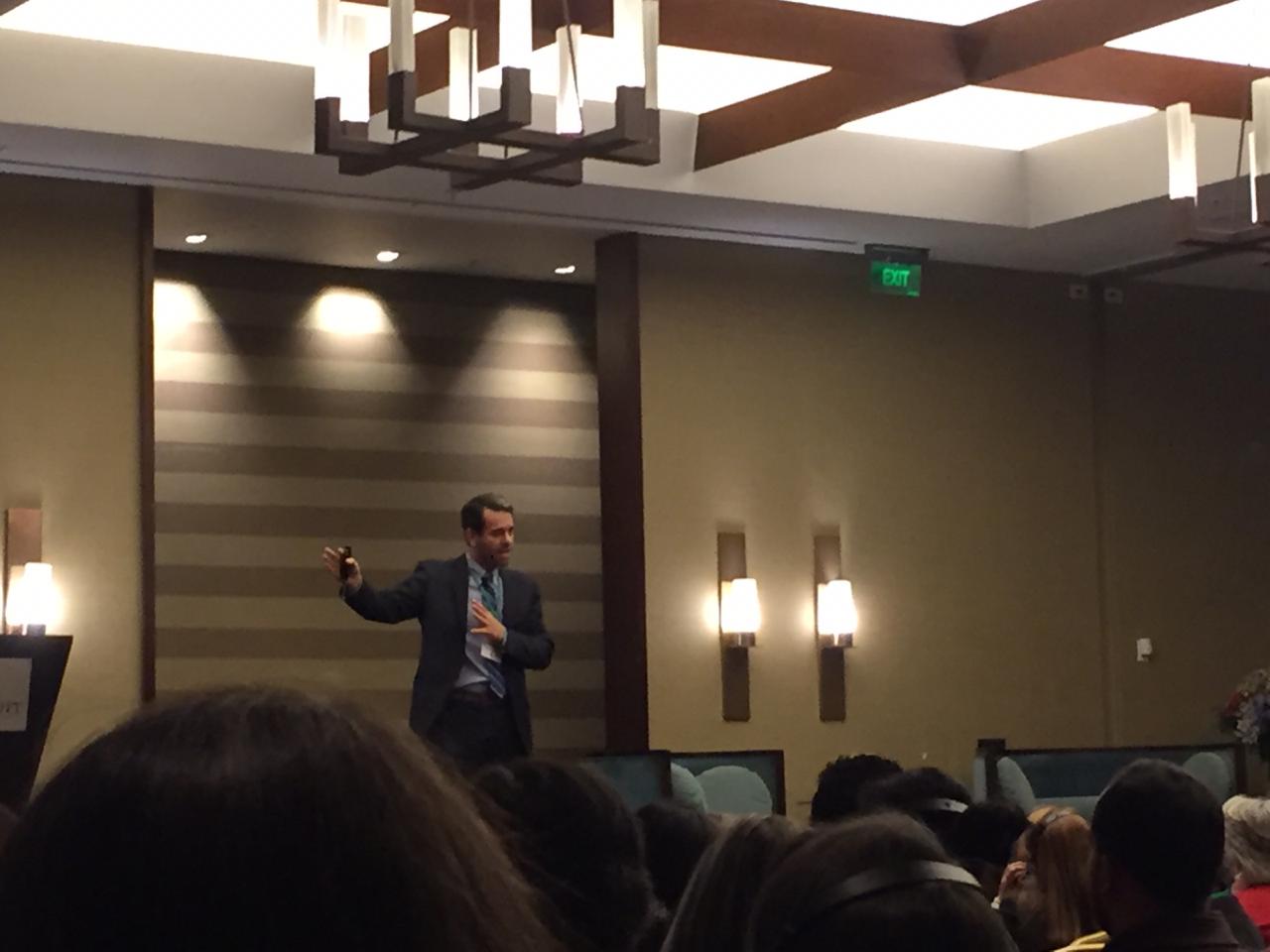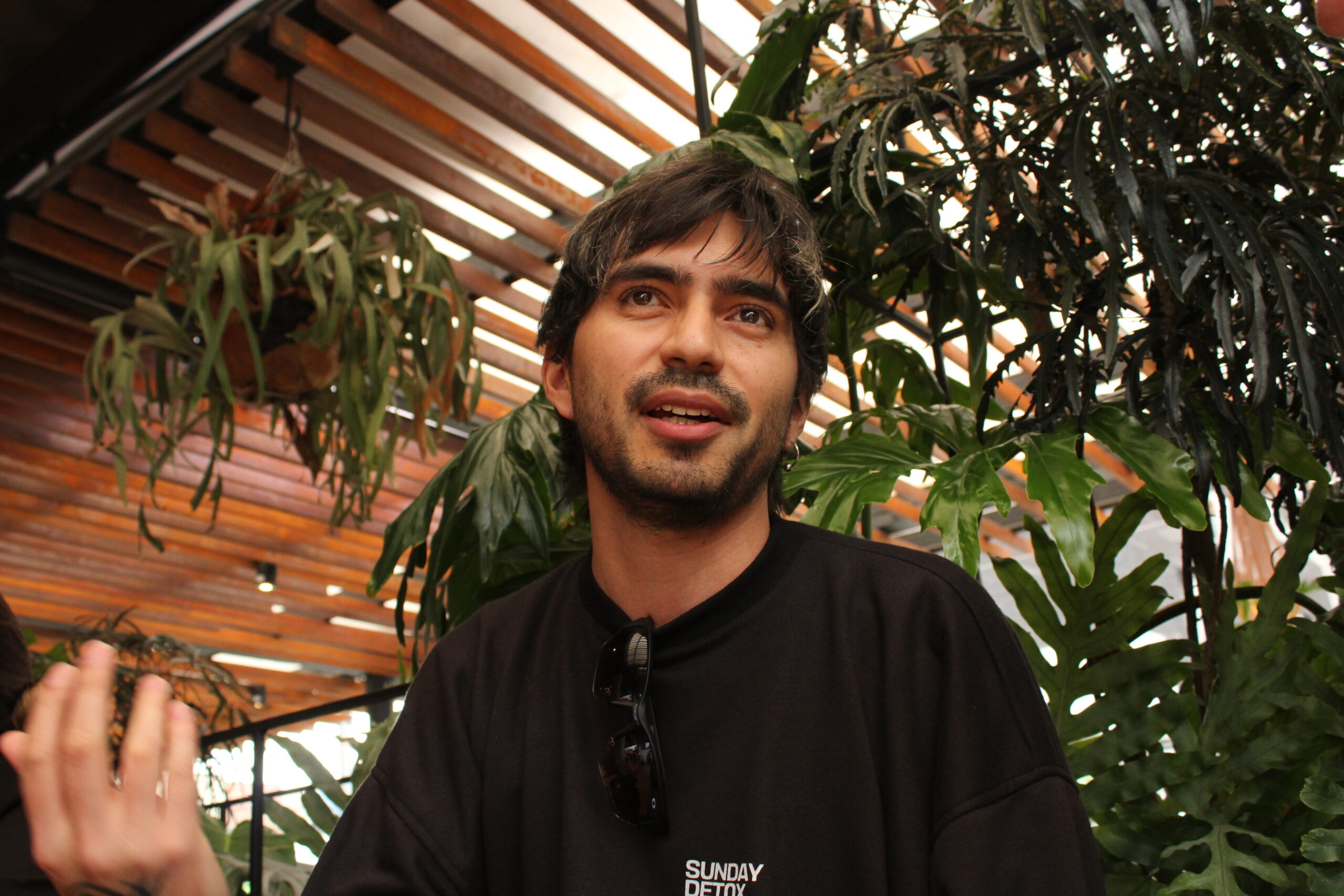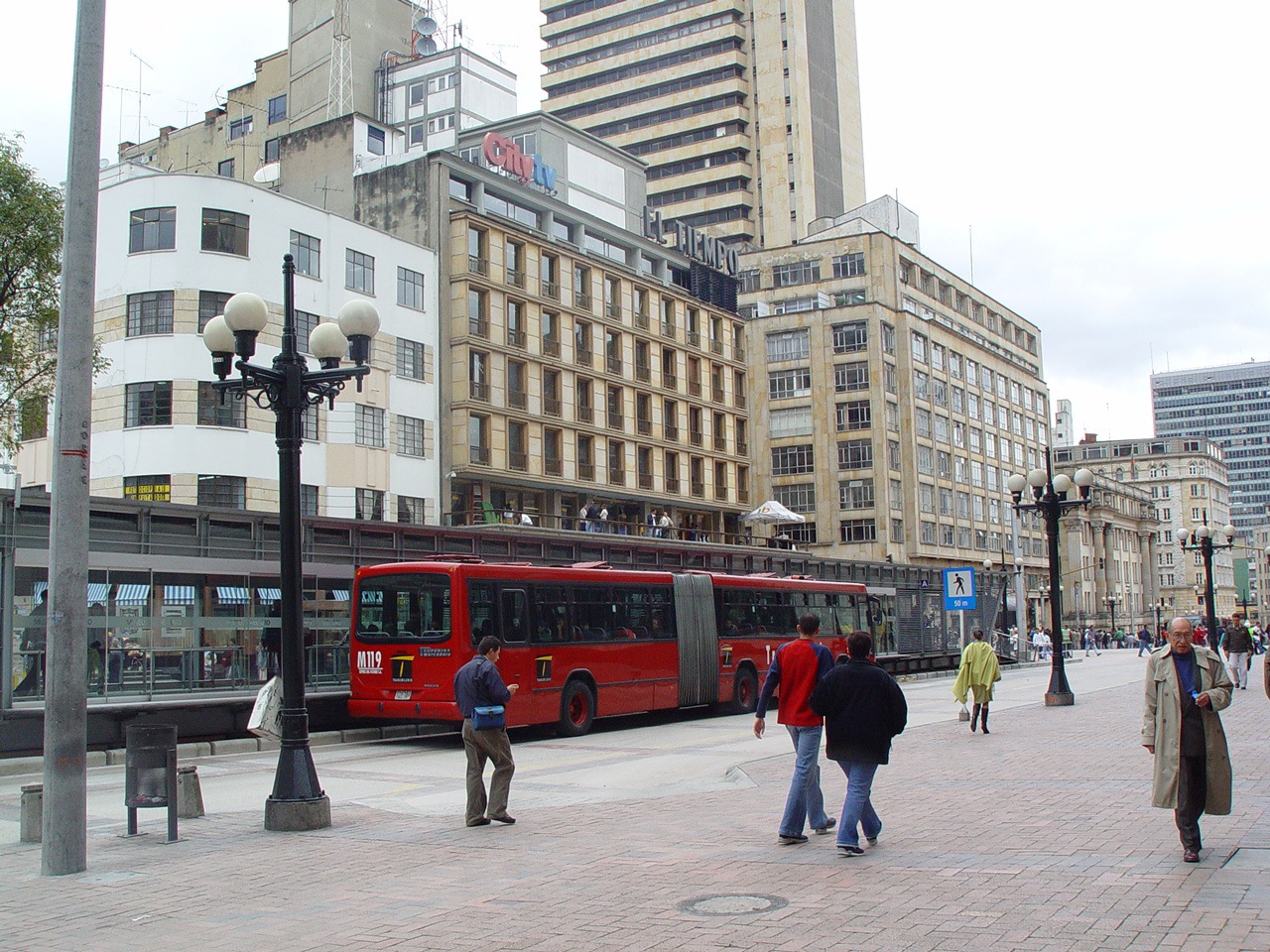
The Scientific Brain Credit: Delaney Turner
Protons and poetry. Music and maths. String theory and….Salvador Dali.
Scientific inquiry and creative inspiration found fertile common ground yesterday at The Scientific Brain, a full-day colloquium exploring the intersection of science and art and the influence of both on children’s education.
The event brought onto the stage five distinguished international scientists whose work and careers have been demonstrably advanced through the arts. The event was organised by the Colegio Hacienda Los Alcaparros and took place at the JW Marriot.
The event theme was “Forming the minds of the future.” By the end of the day it was clear that not only is there is more common ground between science and art than we typically think, but that finding and nurturing it in children will be essential to their solving social challenges in the future.
President of the colegio Rosa Cecilia Caro Restrepo stressed the need to educate children not through single subjects but though multi-disciplinary, project-based approaches that invite students to ask questions about the world around them.
“Our students are of a generation that is affected by migration, social inequality, the acceleration of climate change, and resulting impoverishment of ecosystems,” she said in her opening remarks. “The Scientific Brain provides fresh and creative ways to liberate the spaces and borders that appear in academic life.”
Studies have shown interdisciplinary approaches drive better educational outcomes in children, particularly when they are exposed to them at an early age. “I don’t believe in chance,” she added.
Dispelling myths in STEM Education
Is STEM education (Science, Technology, Engineering, Maths) an exclusive domain full of men building unstoppable robot overlords? Hardly, according to Andy Shouse. The Chief Program Officer at Washington STEM provided an eloquent dismantling of two critical misperceptions surrounding the field.
The first is that STEM is exclusive to men; the second is that it’s all about the science. In fact, claimed Shouse, all children are born STEM learners. “Kids have a substantial understanding of the natural and built world,” he said. “They’re fundamentally scientific creatures.” Further, he called attention to the many women of diverse backgrounds and ethnicities leading STEM initiatives in his native Washington State.
He challenged myth number two by expanding on the purpose of STEM education. “People think STEM is all about artificial intelligence and big data. But these are simply approaches to asking questions: how will humans interface with robots?”
“We need humans to engage in big questions in moral ways,” he added. “For that we need people skilled in communications, collaboration, and the arts.”
“We need lifelong learners. We need children who can adapt to change and who continue to ask questions. Collaboration will also be key. It needs to be inherent and fundamental to our children’s education.”
Shouse then illustrated how he’s working to combat these myths with a regional network of STEM organizations and projects throughout Washington State. Through these networks he hopes to triple the number of students of colour and from low-income and rural families on-track to earning high-demand credentials.
“If we’re going to have a society that lets people participate and have opportunities, we need to bring everyone along.”
Making mistakes in science and art
An essential aspect of science is making mistakes, according to Ulrike Kuchner, the day’s second presenter. Yet she says the relentless pressure to publish, compete for postings, and pursue increasingly specialised fields is “poisoning” the field by reducing scientists’ willingness to reveal their mistakes. “We’re ashamed of them. We don’t publish them.”
Kuchner studies the ways galaxies interact and interconnect. She then translates the imperfections and errors in her astronomical data into abstract artworks that reveal the humanity she says is missing in science.
Initially discouraged by professors from studying either astronomy or the arts, Kuchner now holds a PhD in Extragalactic Astrophysics and an MFA in Fine Arts from the University of Vienna.
Referencing a litany of thinkers from Nietzsche to Neil Gaiman with cameos from Kierkegaard and Kafka, the Austrian astrophysicist illustrated how the interplay between her academic and creative pursuits makes her a better scientist and artist.
“Astronomy harbours an incredible aesthetic and scientific potential. “My knowledge increases the beauty for me because I know what’s behind it. It’s very intense.”
“Art and science have a common ground,” she added. “They are both attempts to understand the physical world. How do we go from a blob of light to an entire galaxy?”
“The reason to do science is the underlying beauty in what we see. I came to astronomy by seeing the universe as very beautiful. Aesthetics drew me to astronomy.”
Galaxies to glaciers, white to blue, green to brown
Like Kuchner, Canadian geologist Shawn Marshall advocates for a stronger connection between science and art. In his view, arts allow for a researcher to feel a greater emotional connection to their work without jeopardising the reliability of results.
“I feel that it’s incredibly important to feel connected to what we’re studying,” he said. “Emotions, passion, even compassion are all welcome. Science needs to speak to the heart, whether through art, music, poetry, beauty, nostalgia.”
“I was always interested in the beauty of nature,” he continued. “I was fascinated that tiny snowflakes gently drifting down from the sky could actually form a continent. But I was also disturbed that the snow could melt beneath my feet.”
Read our interview with Ulrike Kuchner here.
Marshall also showed how art can communicate difficult subject matter in a more emotionally engaging way. “We’re going from white to blue, from green to brown. We’re changing the color palette of the planet.” He also highlighted the work of artist Jill Pelto, whose ‘landscapes of change’ are based on the graphical contours of climate change data.
“We need a more holistic view of science,” Marshall concluded. “We need more connections, whether that’s from art or music or poetry, or getting out in nature. We need to bring it all together. This is a generational challenge.”





